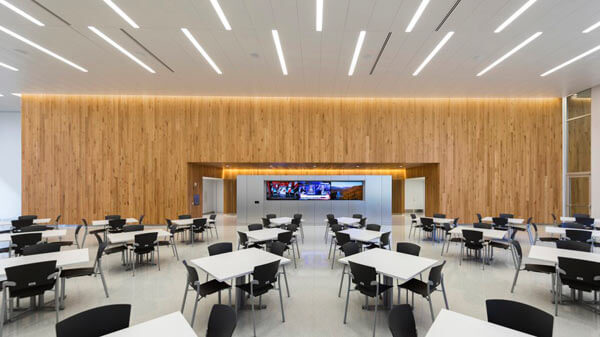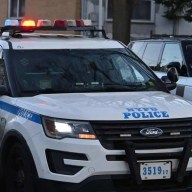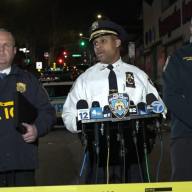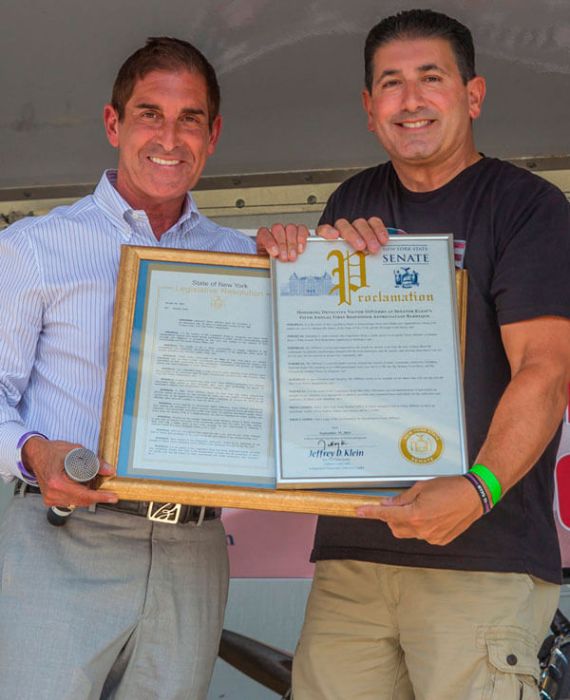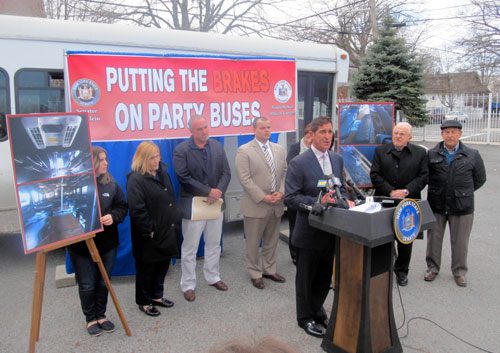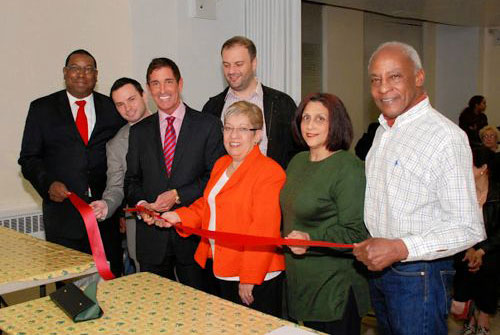After a year of steady staffing increases, the shiny new addition to the north Bronx skyline looks to be nearing fully operational status.
PSAC II, also known as the 911 Call Center, has been operational since June 2016, when the NYPD dispatch began taking calls from the facility, and last month, the FDNY took its first calls at the center.
Both agencies will continue to staff the facility through the end of 2017, according to a city spokesman.
The facility is operated by the NYPD and the NYC Department of Information Technology and Telecommunications.
It was built by the city to act as a secondary call center, servicing the entire city, and contains a high-tech, highly secured infrastructure meant to compliment existing 911 services in New York, strengthening the city’s ability to maintain communication in the event of a natural disaster or large-scale emergency.
The facility will ultimately handle 70 percent of all city 911 calls.
The $800 million building was launched by former mayor Michael Bloomberg after the September 11 attacks.
That citywide capital project has been criticized for being years behind schedule and ballooning in cost from the initial $1.3 billion to over $2 billion.
The 450,000-square-foot structure is blast-proof, according to the firm that designed it, Skidmore, Owings & Merrill LLP.
The building has several small vertical windows due to security concerns and the exterior panels are crafted from recycled aluminum.

The company designed the interior of the building to be a soothing environment for the emergency response teams working inside.
Its main gathering space includes a plant wall developed by CASE, the design research laboratory of SOM, in partnership with Rensselaer Polytechnic Institute. This plant wall also filters the air and reduces energy use, according to the company.
The building is surrounded on its nine-acre property by a berm, or man-made hill, covered with wild grass intended to help protect the security of the building.
The berm also hides the ground level parking and loading bays.
The city claimed the property by eminent domain from Simone Development, the owner of Hutchinson Metro Center.
The facility, formally known as Public Safety Answering Center II, or PSAC II for short, was a topic of controversy among area residents long before it was completed in 2016.
Community leaders argued the building was too large for the area and that its shiny metallic exterior looked out of place in the neighborhood.
The building’s original height was reduced at the urging of local stakeholders.
Others worried about the additional traffic the facility’s hundreds of employees would bring to the area around the Hutchinson River Parkway exit and the nearby Hutchinson Metro Center.
The only way to access the call center is through a roadway that abuts Metro Center, which can only be accessed Waters Place, off Eastchester Road.

Senator Jeff Klein has pushed for a separate dedicated access route between the Hutchinson River Parkway and the Metro Center, and has funded a $1 million feasibility study though the NYC Department of Transportation.
“We’re currently awaiting the completion of the feasibility study by NYC DOT,” Klein said. “Once the study is completed, it is my hope that we can move forward with this much-anticipated project to ease the area’s traffic burden.”
Pelham Parkway Neighborhood Association president Andrea Siegel said she had not noticed any noticeable spike in area traffic in recent months.
Her bigger concern, she said, was the reflection of the sun the building casts down on motorists travelling the parkway.
“When the sun hits that building, it can blind you,” Siegel said. “It was not very well thought out, in my opinion.”
IT&T spokeswoman Stacy Gardener said PSAC II was carefully planned and developed to accommodate the needs of the employees and the community.
“The MTA has provided a Bx 24 bus stop at the entrance of PSAC 2 and the Bx 12 now provides select service to the facility as well,” she said.
Gardener added that the Hutchinson Metro Center provides a shuttle bus that runs Monday through Friday 7 a.m. to 7 p.m. and on Saturdays from 8 a.m. to 4 p.m.
The shuttle bus loop runs approximately every 25 minutes.
The center also seems to be having a positive economic impact on the area, she added.

“While it isn’t an express purpose of the center, we are already seeing signs that the center and its employees are providing more volume to local businesses,” Gardener said. “We’re hopeful that trend will continue.”

